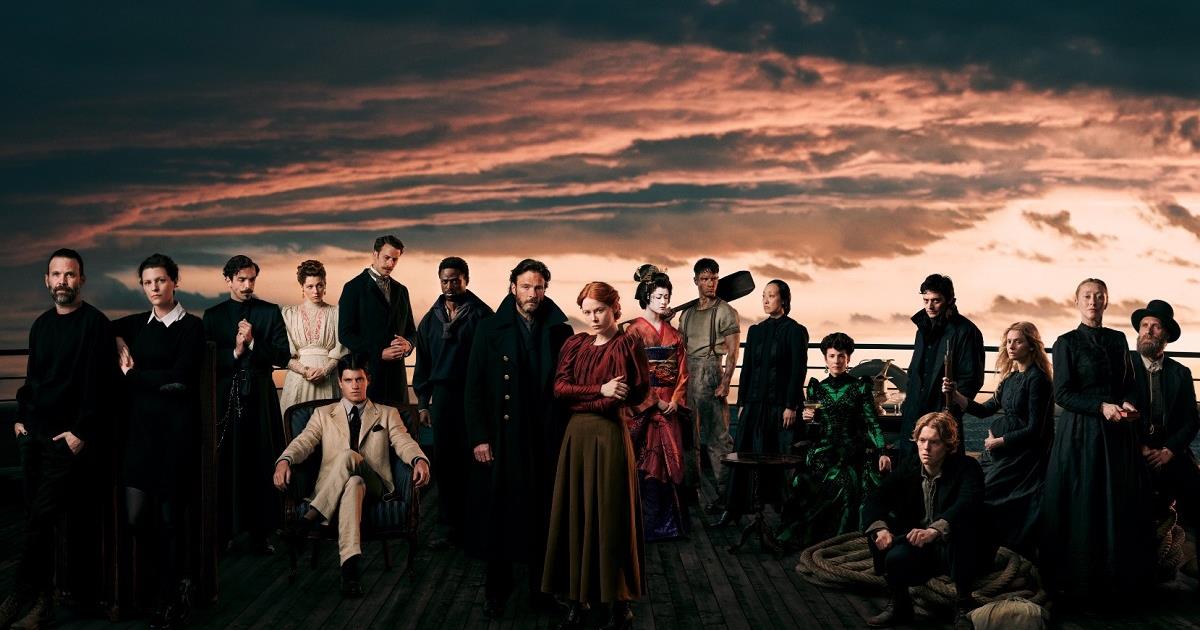
The wraps have been lifted off Europe’s largest virtual production stage and we should be excited about it. Netflix certainly is.
Dark Bay is a new Volume stage built at Studio Babelsberg in Berlin with new Netflix episodic drama 1899 the first to use it.
It seems important for several reasons. For Netflix, which need no longer play catch up to Disney and ILM’s headline grabbing Mandalorian virtual stage; for the German film and TV production industry which can claim one-up on anything the UK has (to date); and for the filmmaking community as a whole since 1899’s creative team seem intent on sharing what they’ve learned on taking a drama originally planned for conventional location work into one completely photographed against LEDs.
Visiting the set, Netflix chief Reed Hastings hailed the show as a new benchmark for series production. “Right now, the most advanced production technology in the world is here [in Berlin], it’s really cutting edge and amazing.”
READ MORE: Reed Hastings Says Netflix Is Using “The Most Advanced Production Technology In The World” On German Series ‘1899’ (Deadline)
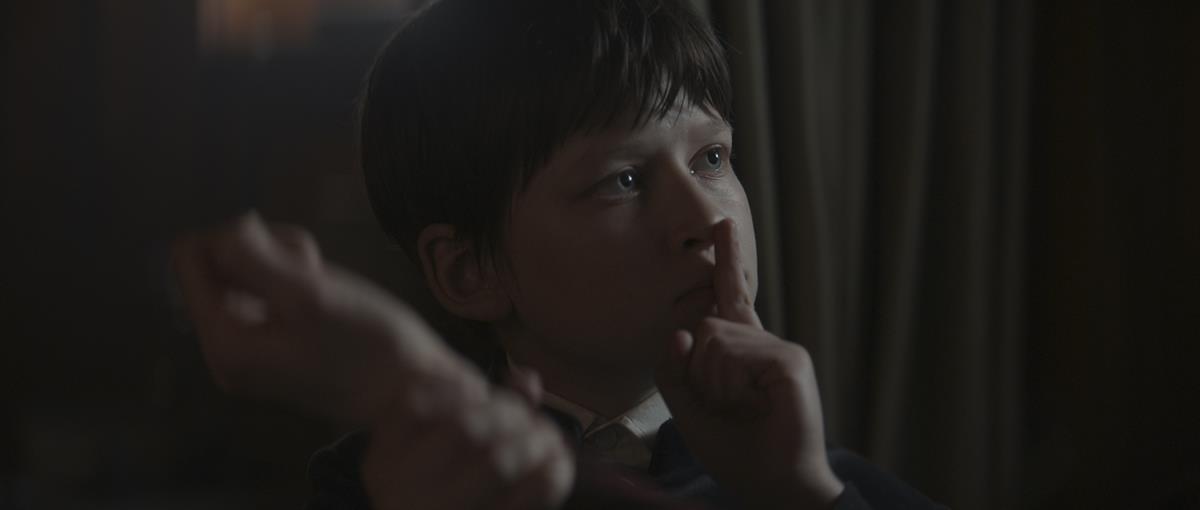
First, the Tech
The facility is operated by Dark Bay, a sister company to Dark Ways, the production company outfit behind 1899. According to Deadline, it cost “a significant amount of money, with backing coming from sources including the Investment Bank of Brandenburg and Netflix.
Raising that funding was possible because Netflix has also committed to house multiple series on the stage, over the coming years, Netflix told Deadline.
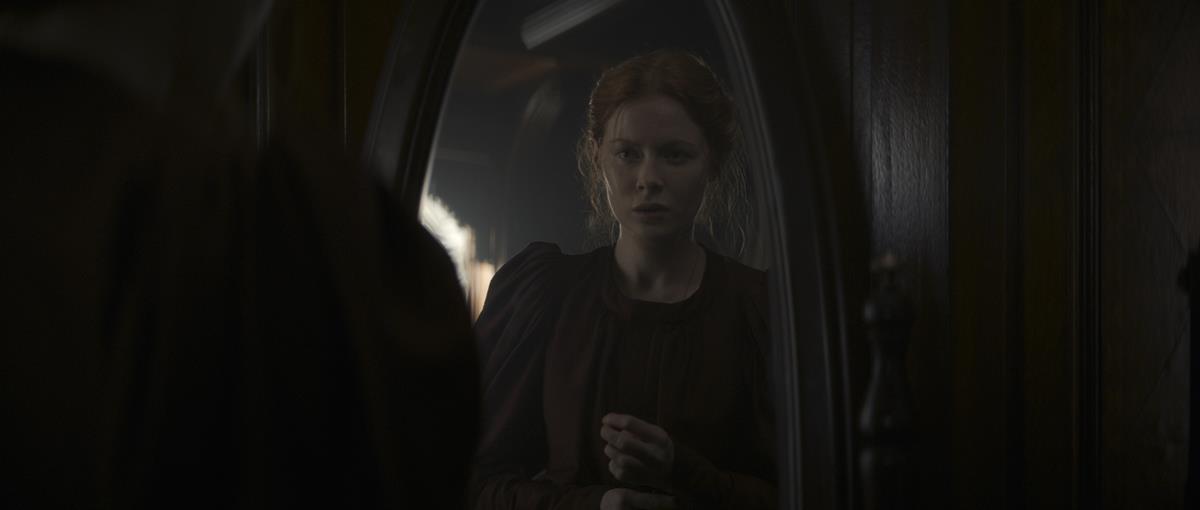
The volume is 55 meters (75 feet) -wide and seven meters (23 feet) -high, making a shooting space of 4,500 square feet, and surrounded by an LED wall composed of 1,470 ROE LED panels. It also features a claimed industry-first revolving stage — a motor-driven 360-degree turntable which allows filming of real sets from different angles without conversion times. The virtual studio is controlled via the “Brain Bar,” which provides 13 high-performance workstations. Rendering is by Unreal Engine, with additional tech supplied by ARRI Solutions Group and Faber AV.
Studio Babelsberg itself is now owned by US real estate firm TPG Real Estate Partners.
Producing 1899
1899 is the new project from Baran bo Odar and Jantje Friese, German creators of supernatural drama Dark, which aired in 2017 and ran for two seasons.
Having inked a production deal with Netflix, they embarked on 1899, a period mystery set on a migrant boat sailing from Europe to the United States.
The series had been in prep since 2018 and planned to shoot in Spain, Poland and Scotland. When the pandemic hit, these plans were derailed and the show pivoted wholesale to making it using virtual production techniques.
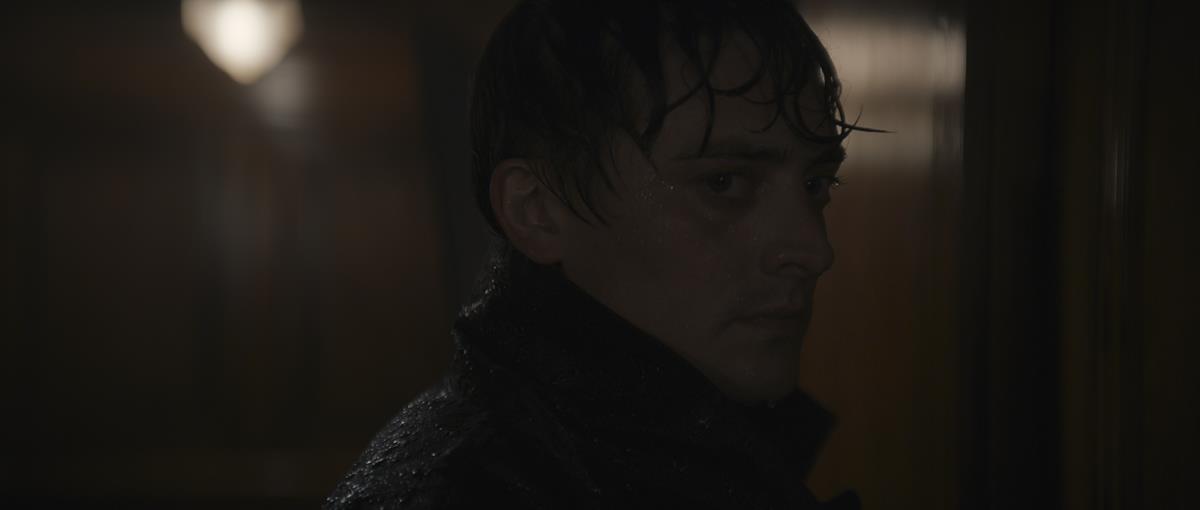
As Odar explains to Deadline: “We are very old school filmmakers. We’re used to going on real locations, using real sounds and stuff like that, that was the plan for this show. The pandemic really hit us, and we had to discuss how we could do a pan-European show during this time — it was really the worst idea. Quite quickly we realized it would not be possible in the near future.”
Netflix arranged a test shoot for the showrunners at a virtual stage housed in Shepperton Studios near London. They spoke with the team behind The Mandalorian, including DP Barry Baz Idoine to better understand the technology.
“It’s like if you’re used to driving a car and now you suddenly have to fly a plane. It’s a big, big difference,” Odar said of the experience.
Background plates for 1899 were shot on location and on the ocean for rendering in Unreal and playback on set.
“You literally take post-production and make it pre-production. Everything has to be decided beforehand, you have to create it, build it, so it’s all ready to shoot in camera. Having [the location] already on set is a big benefit. And then in the editing you already have it all there.”
— Baran bo Odar
“You don’t shoot a 360 of a landscape and project it onto LED walls, because you would move in with the camera and the projection would stay 2D,” he added. “It’s about scanning landscapes and turning them into 3D models so you can actually walk through them. If I push the camera towards the wall, the landscape moves with us. It’s about creating 3D worlds in camera that can move and change with you.”
The team also constructed a significant physical set for their crucial location — the ship — at the Babelsberg facility.
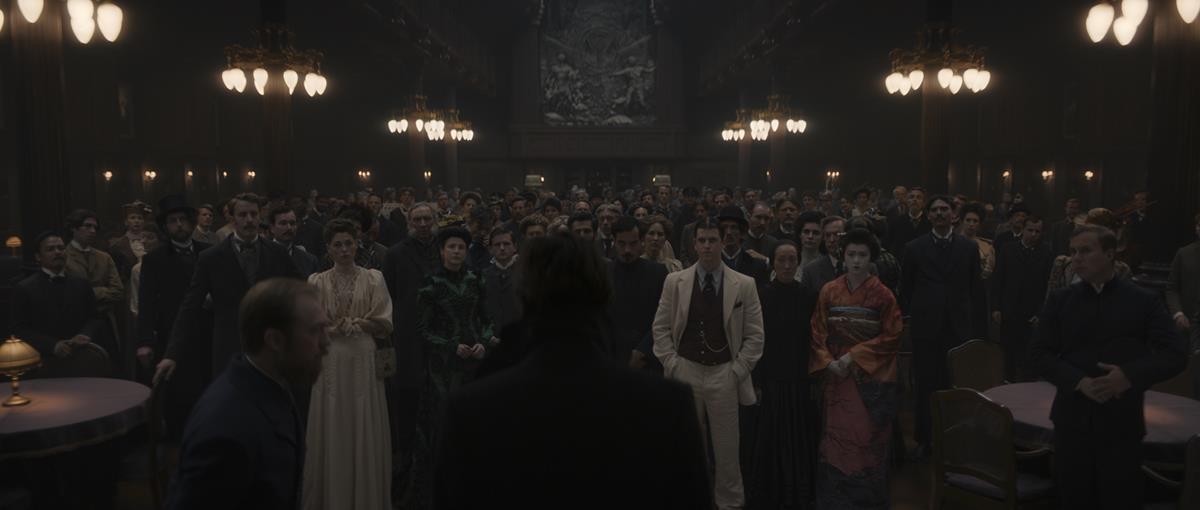
“You literally take post-production and make it pre-production,” Odar continues. “Everything has to be decided beforehand, you have to create it, build it, so it’s all ready to shoot in camera. Having [the location] already on set is a big benefit. And then in the editing you already have it all there.”
Friese adds that the experience will help filmmakers to think of stories differently. “Once you start working with it, it makes you write scenes differently, it allows you to explore things you might not be able to explore on a natural set.”
VFX by Framestore
Framestore, the UK-based international VFX powerhouse, is also intimately involved. It is not only helped design the volume but will take a lead role creating 1899’s visual effects.
According to Little Black Book, Framestore’s work on this major episodic project is led by VFX supervisor Christian Kaestner (Captain Marvel; Gravity), who oversees the company’s integrated visualization, virtual production and VFX teams. This includes a team of 19 artists, technicians and producers embedded in Babelsberg. The team working alongside Kaestner includes on-set supervisor Andrew Scrase; virtual production supervisor Alyssa Mello; and volume supervisor Jack Banks and Freddy Salazar as head of virtual art department. The show’s virtual production producer is Manon Hartzuiker, and VAD/VFX producer is Martina Chakarova.
READ MORE: Framestore Shines a Light on New Project from DARK Creators ‘1899’ (Little Black Book)
Fiona Walkinshaw, Framestore’s global MD, Film, is quoted: “There’s a tremendous buzz about 1899 here at Framestore thanks to a rich vein of Dark fandom and the knowledge that this is a prestige title by storytellers with a distinct and utterly unique take on their craft.”
Multilingual as Story and Strategy
That Netflix has gone early in showboating the technology (the show isn’t due to finish shooting until November) is a sign in the confidence it has in the filmmakers, in the tech itself, and in its German production base.
The facility is the first major initiative from Netflix R&D division NLAB. Part of its mandate is to determine practical applications for virtual production that can apply back to Netflix’s core production offerings.
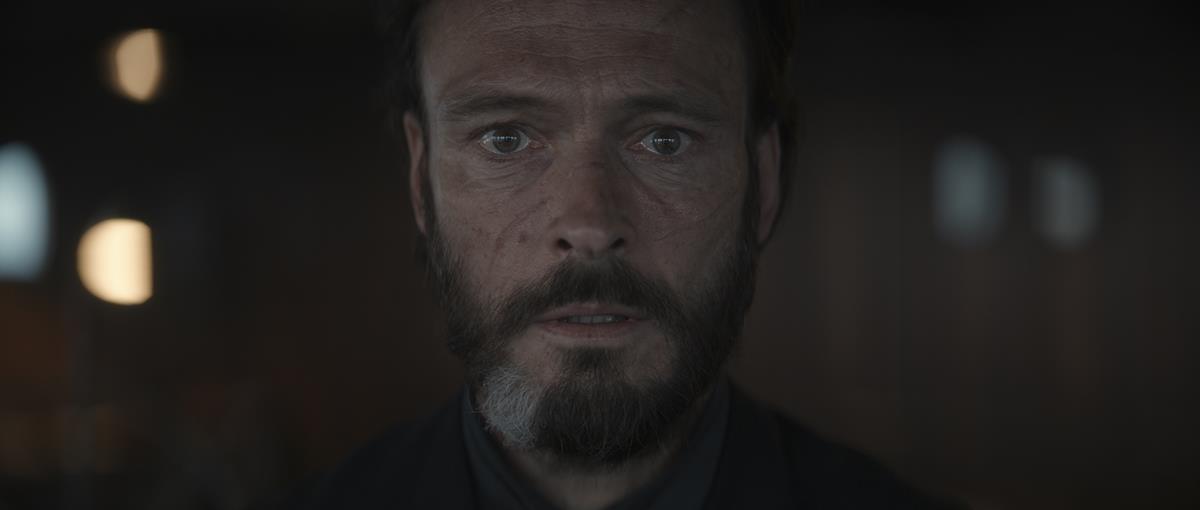
Hastings was in town to open a new local Netflix HQ. The streamer is investing €500 million ($590 million) on German-language titles from Germany, Austria, and Switzerland over the next couple of years. The DACH region counts for close to 11 million of the streamer’s global subscriber base.
“Netflix and the other streamers really opened the door to different content from different languages. That barrier that used to be there, where people didn’t want to read subtitles, that has really changed. There’s so much to discover out there apart from US and UK content, it’s great to hear different voices.”
— Jantje Friese
Netflix wants to base more productions at the facility. “I envision that Germany can become a European leader in virtual production,” Netflix’s director of International Originals, Rachel Eggebeen, tells Deadline.
The themes of 1899 itself are instructive. In a joint statement, Friese and Odar said that what “really made us connect to this idea was the concept of having a truly European show with a mixed cast from different countries.”

“The whole European angle was very important for us, not only story wise but also the way we were going to produce it,” Friese said to Deadline. “It really had to be a European collaboration, not just cast but also crew. We felt that with the past years of Europe being on the decline, we wanted to give a counterpoint to Brexit, and to nationalism rising in different countries, to go back to that idea of Europe and Europeans working and creating together.”
READ MORE: ‘1899’ First Interviews: Netflix & The Creators Of ‘Dark’ Talk Building Europe’s Largest Virtual Production Stage To Shoot Ambitious Multilingual Series (Deadline)
That endeavor sparked the idea behind one of the intriguing creative decisions taken by the duo for this series — to shoot it entirely multilingual, with each actor speaking their native tongue on set. That is also how it will be shown on Netflix and fits with Netflix’ own and international SVOD’s general need to open up to new markets, cultures and languages.
“Netflix and the other streamers really opened the door to different content from different languages,” says Friese. “That barrier that used to be there, where people didn’t want to read subtitles, that has really changed. There’s so much to discover out there apart from US and UK content, it’s great to hear different voices.”
1899 debuts in 2022.
Want more? American Cinematographer has an exclusive look at the massive LED volume built at Studio Babelsberg in Berlin, including time-lapse footage of the construction of the facility. Head over to AC to watch the exclusive videos.

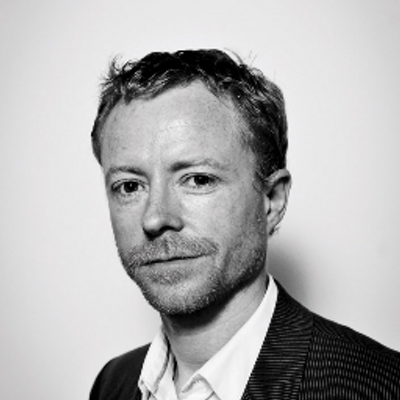
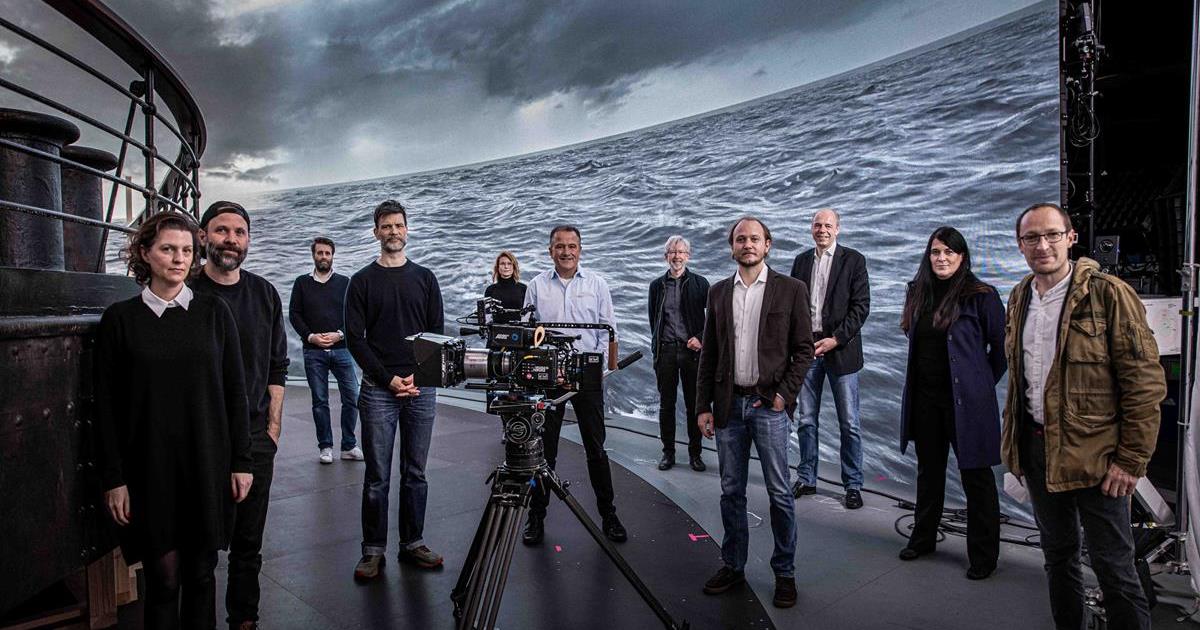
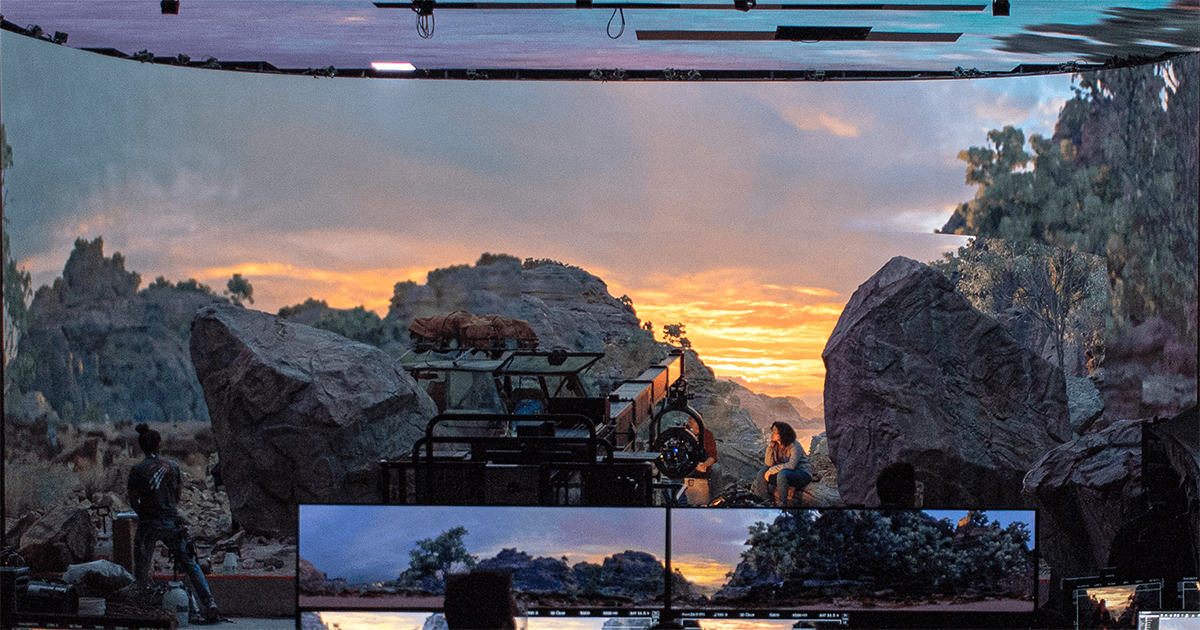
Discussion
Responses (3)